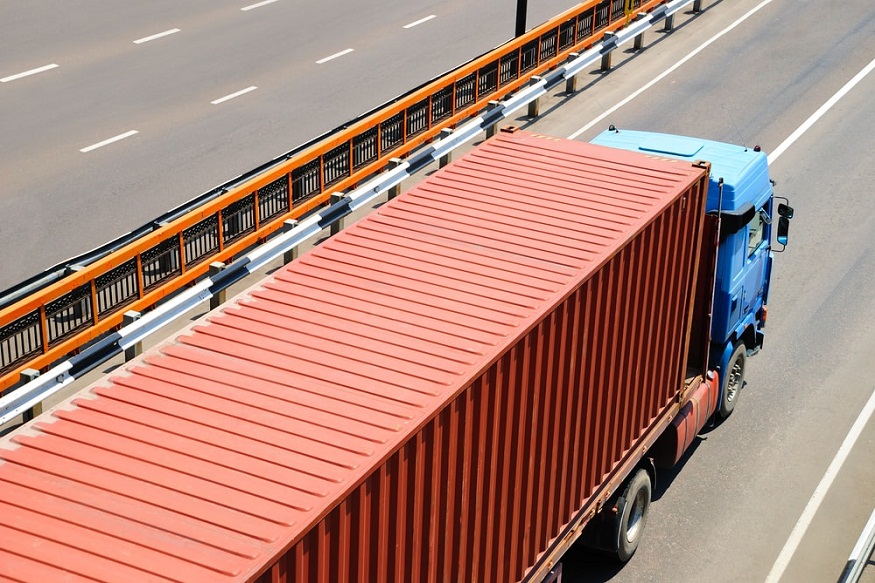The road freight transport sector is truly at the heart of France’s economic dynamism. This professional activity is indeed essential to meet the various needs of companies and French people. Provided by transport companies whose vehicles can have varying capacities, this field meets many challenges, but also a multitude of requirements, particularly with regard to the mobility of goods. Supervised by the Transport Code and regulated by the DREAL (Regional Directorate for the Environment, Planning and Housing), the road transport sector requires each carrier to have a high level of rigor and competence .
Let’s take a closer look at this activity and its players, and focus on the challenges and prospects of this constantly evolving profession.
Heavy Goods Carriers: An Overview
Road freight transport is an essential professional activity in France, representing approximately 90% of total freight transport. It is therefore an essential sector, mainly composed of transport companies that operate on specific transport lines , depending on the nature of the goods, the weight of the vehicles used and the required transport capacity.
Sourcing carriers efficiently with our user guide
Heavy goods carriers are distinguished by the type of vehicle they operate, as they are generally trucks of more than 3.5 tonnes. However, depending on the size of the transport company, the sector of activity and the specific needs of the customers, the size of the vehicle fleet and their loading capacity can vary.
In any case, it is important to know that carriers are traditionally specialized in a certain type of goods. For example, there may be carriers for food products, construction materials or even dangerous goods. Of course, the choice of this specialization directly impacts the logistics organization of the company, but also the training of drivers or the type of certificate of professional capacity required.
It should also be noted that the regulations are very strict in terms of road transport. Indeed, this activity is regulated by the Transport Code and supervised by organizations such as the DREAL . Each carrier must therefore obtain an authorization to operate , and this, after, among other things, a thorough examination of the professional capacity of the driver and the reliability of the vehicles.
However, beyond these regulatory aspects, the heavy goods transport sector is marked by increasingly significant environmental issues . Indeed, many companies are now implementing action plans to reduce their ecological footprint, for example by exploring green logistics solutions or opting for more environmentally friendly vehicles.
Finally, let us emphasize that the road freight transport sector is constantly evolving , whether in terms of regulations, technology or practices. This dynamic, specific to the profession, is a key element in understanding its central role in the global supply chain.
The organization and operation of heavy goods carriers
The operation of heavy goods carriers is based on several major axes: planning of operations, management of vehicles and personnel, optimization of the supply chain and compliance with regulations.
Operations planning
Operations planning is a key step in the activity of a road haulier. It includes the choice of transport lines, the organization of routes, or the coordination of deliveries. This planning obviously requires professional expertise and the use of advanced logistics tools , in particular to reduce costs and ensure compliance with deadlines.
Vehicle management
Vehicle management is another crucial aspect of the work and of the transporters. Companies in the sector must in fact keep their fleet of trucks in good condition, through regular maintenance and technical checks in accordance with current regulations. The capacity of each vehicle, defined according to its weight , is also an element to take into account to ensure the profitability of transport operations.
Personnel management
The staff is largely made up of heavy goods vehicle drivers. However, good management of these vehicles involves, among other things, adequate training and obtaining a certificate of professional competence. Similarly, companies must ensure that their drivers comply with the work and rest rules scrupulously indicated in the Transport Code . Any failure to comply with these obligations is likely to result in significant sanctions for the professionals concerned.
Supply chain optimization
Supply chain optimization is another major challenge for heavy goods carriers. However, thanks to modern technologies , such as GPS tracking systems and logistics management platforms, it is easier today for companies to improve the efficiency of their operations, but also to reduce risks and minimize costs.
Compliance with regulations
As we have seen previously, compliance with regulations is a sine qua non condition for operating in this sector of activity. Carriers must indeed comply with numerous rules, set out in the Transport Code and applied by organizations such as the DREAL . This legislation concerns several points, starting with:
Solutions and innovations in the transport of heavy goods
Faced with the challenges imposed by logistics optimization, compliance with regulations and reduction of the environmental footprint, the heavy goods transport sector is, as we have seen, constantly looking for solutions and innovations.


